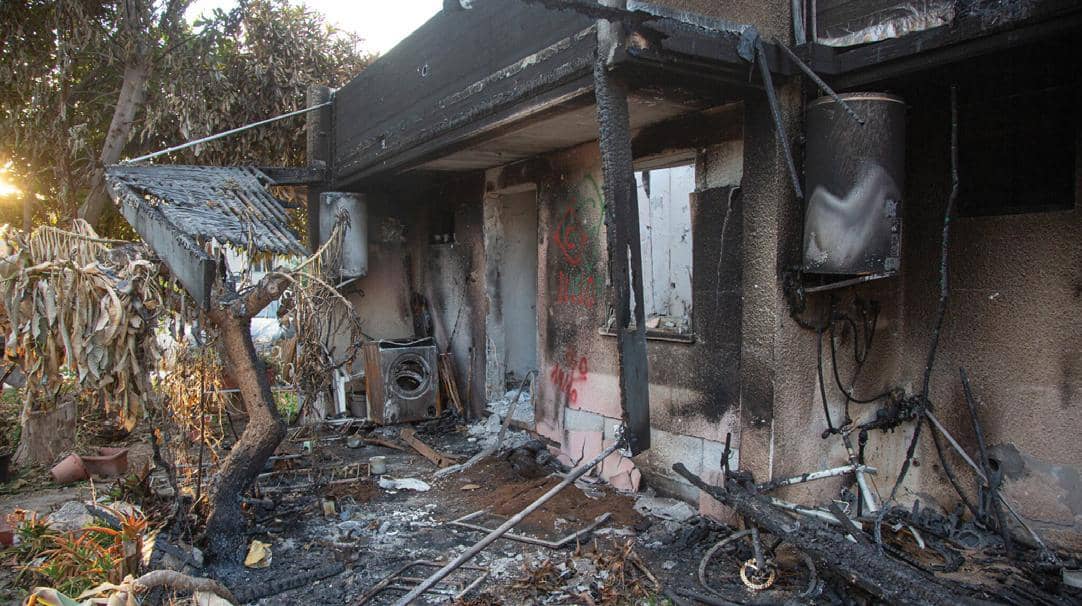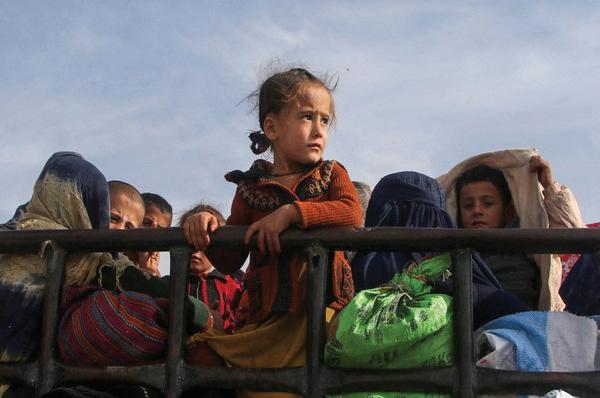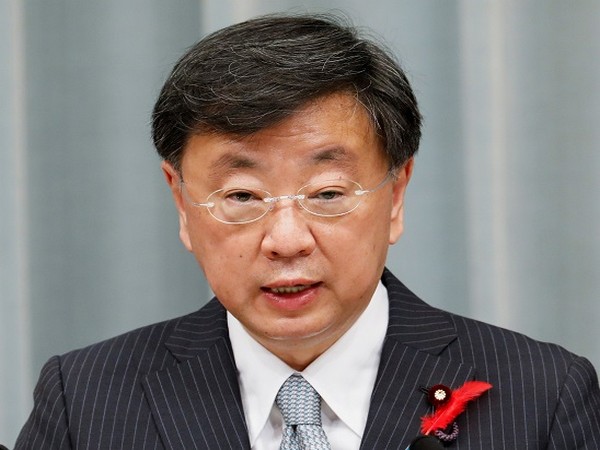Its armament features a cannon, likely of 23mm caliber, as well as a pair of stub wings that each possess three weapon stations for rockets and missiles.
In a significant stride towards self-reliance, China’s aerospace sector has transitioned from dependence on Russian and reverse-engineered European helicopters to designing and manufacturing its own range of aircraft. The latest addition to this endeavor is a cutting-edge heavy-attack helicopter, reminiscent of the American AH-64 Apache.
Photographs captured by Chinese citizens, albeit in low resolution, surfaced on the internet in late March, showcasing the new attack helicopter undergoing flight testing. Speculation suggests that this clandestine aircraft undertook its inaugural flight as early as January. While its official designation remains uncertain, it is commonly referred to as the Z-21.
What sets the Z-21 apart is its lineage traced back to the Z-20 utility helicopter. Andreas Rupprecht, a noted German authority on Chinese aviation, remarked to the media, “Now with the first images at hand, it’s almost surprising that we didn’t put together those pieces we’ve known for years.” He elaborated on the evolution of the Z-20 into a mature system, highlighting the appearance of prototypes featuring enhanced sensors and armaments. Thus, the Z-21, leveraging the proven powertrain, transmission, engines, and tail arrangement of the Z-20, coupled with a refined fuselage, represents a logical progression in China’s helicopter development journey.
By making use of Z-20 components, China can accelerate the new platform’s development and also reduce risk. Reusing the Z-20’s tail boom, the new Z-21 has a slim, tandem-seat fuselage with wide cheek fairings, just like the Apache does. Like modernized variants of the Z-10, the Z-21’s engine exhausts face upwards to reduce the aircraft’s infrared signature and thus improve its chances against surface-to-air missiles.
Its armament features a cannon, likely of 23mm caliber, as well as a pair of stub wings that each possess three weapon stations for rockets and missiles. The scant photos available so far show that the nose of the Z-21 resembles that of the Russian Mi-28N helicopter. A millimeter-wave radar could eventually appear on the platform, akin to the Longbow radar on the Apache.
One might wonder why the PLA needs another attack helicopter, given that it already has several hundred Z-19 scout/reconnaissance helicopters and Z-10 attack helicopters in service. However, neither of these platforms offers the level of performance, armor protection, or payload capacity that China’s military ultimately seeks. It is probable that a capacity for manned-unmanned teaming—for example, using the helicopter to control drones—will be part of its future mission set too.
With WZ10 engines, the new aircraft’s performance relative to the 5.5-ton Z-10 attack helicopter will be superior. Indeed, one of the Z-10’s main issues is its underpowered WZ9 engines, which negatively impact its flight performance, armor protection, and payload capacity. Especially in hot and/or high-altitude conditions, the Z-10’s performance is unsatisfactory, something that Pakistan concluded after testing.
With two 1,790kW WZ10 engines, the high-altitude performance of the Z-21 will be boosted, making it better suited for service along the mountainous Indian border. Given that the Z-21 has only just started flying, its entry into service is still some time away. Some Chinese commentators think it could appear in the PLA within 2-3 years, but Rupprecht told ANI that this is “questionable.” He compared it with the naval version of the Z-20, for instance.
Although it first flew in 2018 and requires fewer modifications than the Z-21, it has not entered service yet. Using this as a comparison, the German expert noted, “In my opinion, something like 5-7 years is very likely.” That would put the date around 2029–31. Helicopters epitomize the ongoing modernization of the PLA, something that Chairman Xi Jinping has prioritized since coming to power more than a decade ago.
Over the past 12 or so years, PLA rotary-winged aviation capacity has grown considerably. For example, ten Z-10 helicopters in 2011 had grown to 150 by 2021, and seven Z-8 helicopters had snowballed to 111 in this period. A recent edition of Military Balance, published annually by the International Institute of Strategic Studies in the UK, listed the following inventory for the PLA Ground Force: 300+ attack helicopters (Z-10 and Z-19 types); 208 multirole helicopters (Mi-17 and Z-9); and 398 transport helicopters (111 Z-8 heavy helicopters; 219 Mi-171 and S-70C2 medium helicopters; and 68 H120 and Z-11 light helicopters).
The PLA Navy has around 110 helicopters, plus more than 50 are in the PLA Air Force too. The Z-20 utility helicopter is a key platform that has spawned a range of specialized variants. China describes the Z-20 as a home-grown design, but it is a facsimile of the American Black Hawk. Z-20s are expected to gradually replace more than 250 Russian-manufactured Mi-17/Mi-171 helicopters in the PLA.
A 2021 report by the China Maritime Studies Institute of the US Naval War College, entitled “The PLA Army’s New Helicopters: An ‘Easy Button’ for Crossing the Taiwan Strait?” asked how China’s new helicopters stack up qualitatively against their US equivalents. “This current generation of Chinese platforms likely compares favorably to their US counterparts, which should come as no surprise given the latecomer catch-up advantage and the proliferation of technological expertise.”
As well as the PLA Ground Force, the PLA Navy Marine Corps might eventually adopt the Z-21, especially with China’s laser-like focus on Taiwan. In a Taiwan invasion scenario, for instance, the Z-21’s combat range, similar to that of the Apache at approximately 500km, would enable it to fly across the Taiwan Strait and back in support of an invasion. Of course, operations against offshore Taiwanese islands in the strait would be within far easier reach. Quite apart from using helicopters to support a massive amphibious invasion of Taiwan, the aforementioned US Naval War College report raised the possibility of transport and attack helicopters conducting decisive operations against Taiwan in their own right by using inland landing zones. In other words, helicopters could form part of multi-dimensional attacks against Taiwan.
The report’s author, Tom Fox, calculated that PLA planners could achieve four cross-strait insertions in the first 24 hours of a military operation, though he pointed out that “these high levels of flight hours are unsustainable for anything but the briefest operational windows.” Helicopters could conduct attack-in-depth operations, leapfrog combat, and vertical landing operations in support of a Taiwan invasion. While these missions offer the PLA decisive advantages, they are also most at risk from Taiwanese defenses.
Fox concluded that “in theory, [helicopters] could eventually become a game-changer for the military balance across the strait, but they are not that yet.” Indeed, an amphibious invasion of Taiwan proper would be a risky and bloody endeavor for the PLA, as Vladimir Putin’s invasion of Ukraine, without any water crossings to negotiate, demonstrated.
Dennis Blasko, a former US defense attaché in Beijing and Hong Kong in the 1990s and an expert on the PLA, told ANI that due to limitations in amphibious vessels, China would struggle to land more than 10,000 troops on the first day of an amphibious assault. Because of limitations in amphibious capacity, Blasko highlighted the role that army aviation and special forces could play in any potential Taiwan invasion. The PLA has 15 army aviation brigades with perhaps 1,000–1,500 helicopters. By moving 4-5 extra aviation brigades into the area across from Taiwan, perhaps 700–800 helicopters could be mustered for an assault. In one of two days, these could perhaps land 10,000 troops behind the coast to attack airports and ports. Air assault, special operations, and airborne troops could create havoc for Taiwan’s defenders, and such light, mobile units make good sense since Taiwan’s terrain is unfavorable for heavy armor.
Furthermore, the PLA Air Force’s Airborne Corps of approximately 30,000 troops could play an important role against Taiwan as well. Blasko concluded, “That is one of the things I don’t see spoken about enough right now. I’m thinking that the whole across-the-beach invasion is what people are focused on when China now has the capability to come in behind.”
Helicopter units would have to fly tight formations at low altitudes when crossing the 100-mile-wide Taiwan Strait. Beijing would aim to force Taiwan’s political leaders to capitulate as soon as possible. Thus, a decapitation strike aimed at Taipei, and specifically Taiwan’s Presidential Office Building, could be one target. Interestingly, a new Chinese bombing range in Inner Mongolia (located at 39°17’43.1” N 105°29’59.7” E) replicates this very complex that includes the Legislature, Ministry of Foreign Affairs, Ministry of Justice, Executive Branch, and the president’s living quarters. This is different from a previously identified mock-up of the Presidential Building in Zhurihe that is used by special forces to practice ground assaults against these government branches.
Of course, for either an amphibious or air assault against Taiwan, there would be obvious movements and concentrations of troops, vessels, and aircraft to give warning time. As Blasko pointed out, “The big invasion, whether it be by air or sea, that’s going to take the movement of a lot of folks over a lot of time.”
Indeed, prepositioning the required helicopters, personnel, and ammunition for five extra brigades closer to the coast and within range of Taiwan would be nigh impossible to hide. This move would take days, likely over a week, according to Fox. Discussing the complexity of such helicopter operations, Fox noted, “The distance involved in crossing the strait from suitable mainland staging areas does not allow much room for error in deconflicting the airspace. Each brigade-level air assault demands its own unique entry and exit routes, and prudence dictates planning at least an alternate route, if not a second alternate as well, depending on the resistance encountered at the shoreline or elsewhere.”
Fox further remarked, “Taiwan has a significant advantage here as it prepares defenses for an anticipated PLA air assault. Terrain restricts the suitability of landing areas while also dictating preferred air corridors, so there is ample time to plan defenses of key terrain and increase the degree of difficulty for PLA helicopters.”
Chinese aviation brigades may each have 80+ helicopters, compared to around 110 helicopters in US Army combat aviation brigades. However, although the USA has a higher ratio of helicopters to soldiers, the PLA fleet is probably still growing. A typical PLA aviation brigade has four transport battalions, two attack battalions, one reconnaissance squadron, a headquarters element, and a maintenance and support battalion.
The PLA also has two designated air assault brigades, belonging to the 75th and 83rd Group Armies. Fox remarked, “These air assault brigades differ from the standard aviation brigade because they have two or three permanently assigned infantry battalions. This arrangement enables them to focus narrowly on training for air assault operations and increases their proficiency for that specific mission set.”
Although the PLA is fielding new and more capable helicopters like the Z-20 and Z-21, China is not yet ready to use them to invade Taiwan. Fox concluded, “Based on the evidence currently available, the PLA is at best a decade away from being able to mount an operation on this scale with the requisite joint integration to give it a fighting chance for success.” He continued, “The PLA’s doctrinal preference for caution suggests that such a high-risk and low-certainty operation does not match the clear objectives of managed risk and high certainty embraced by the PLA. Still, air assault operations do present new opportunities for the PLA as it considers its options for future Taiwan scenarios. Given the notorious difficulty of amphibious operations, the PLA is making a prudent investment by developing more robust air assault capabilities.”


 Opinion3 years ago
Opinion3 years ago
 Entertainment8 years ago
Entertainment8 years ago
 Entertainment8 years ago
Entertainment8 years ago
 Fashion8 years ago
Fashion8 years ago
 Opinion4 years ago
Opinion4 years ago
 Entertainment8 years ago
Entertainment8 years ago
 Politics8 years ago
Politics8 years ago
 Entertainment8 years ago
Entertainment8 years ago









